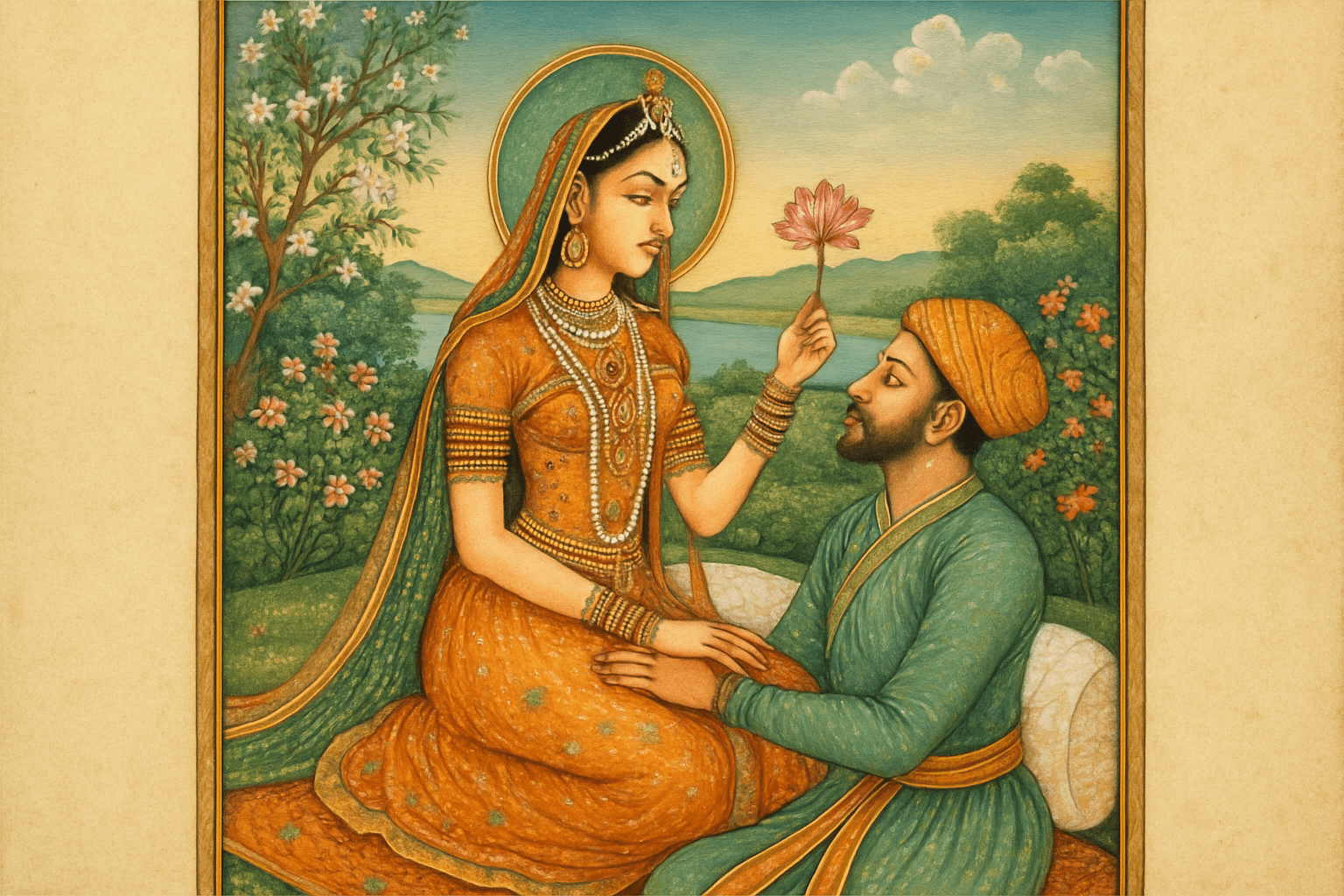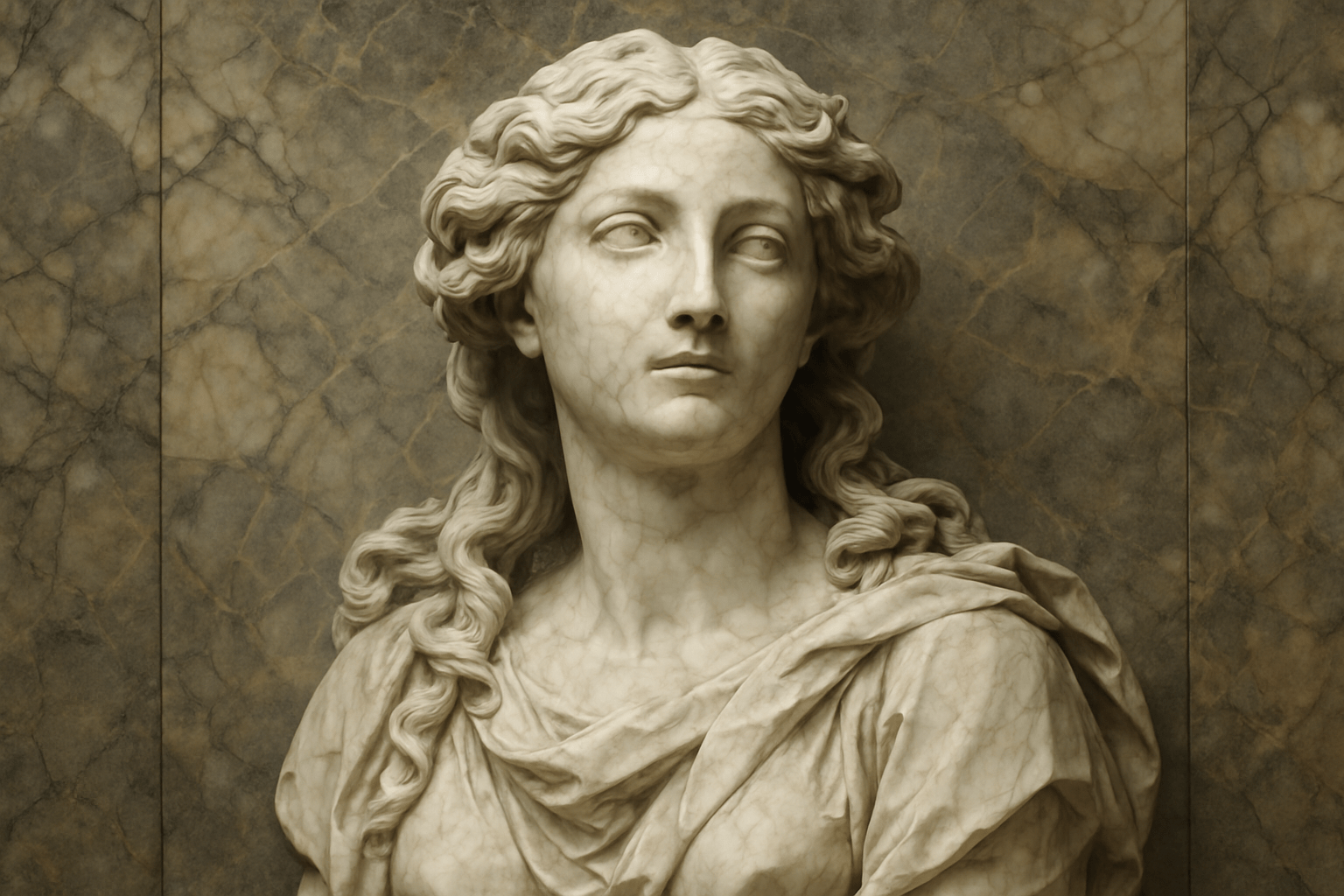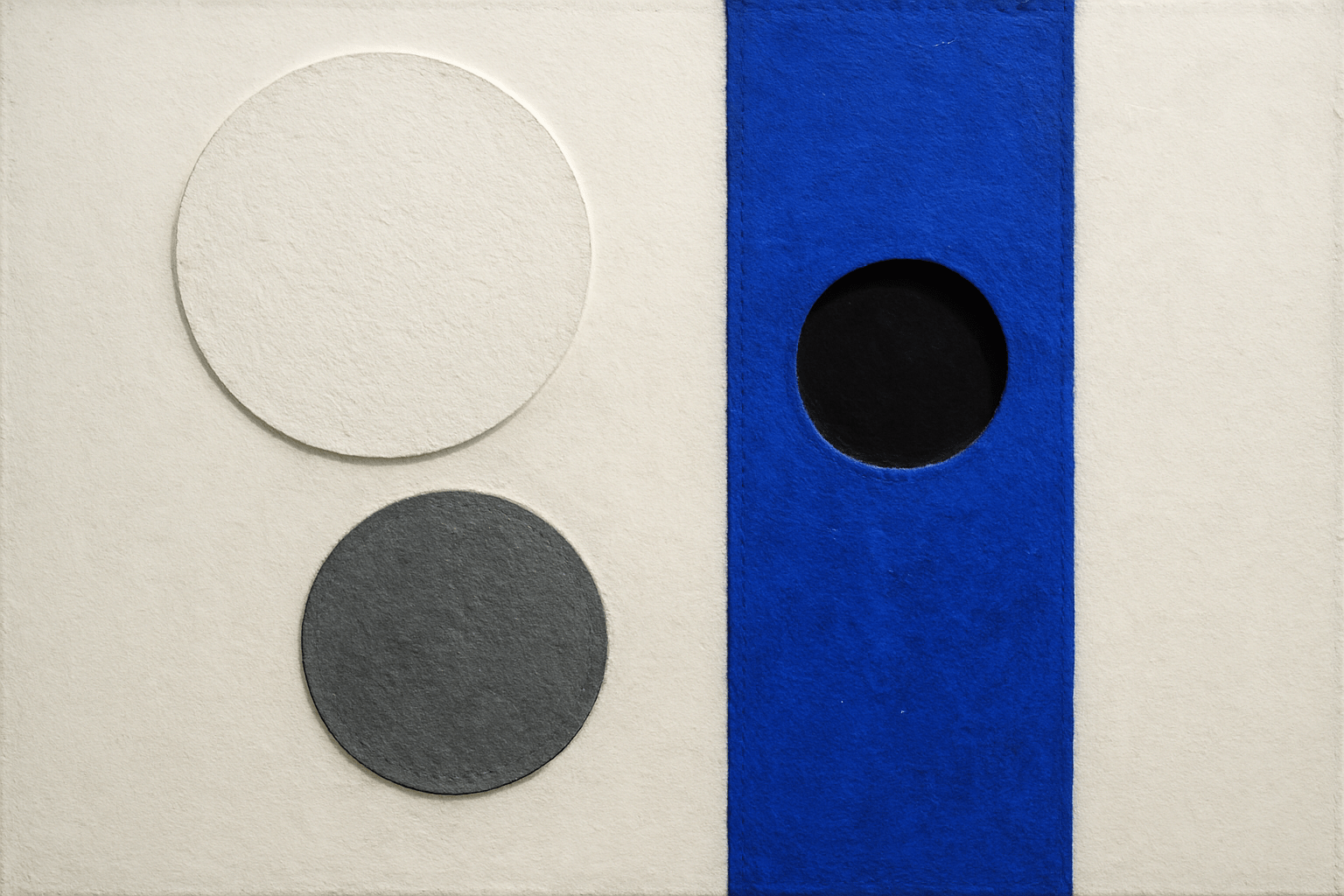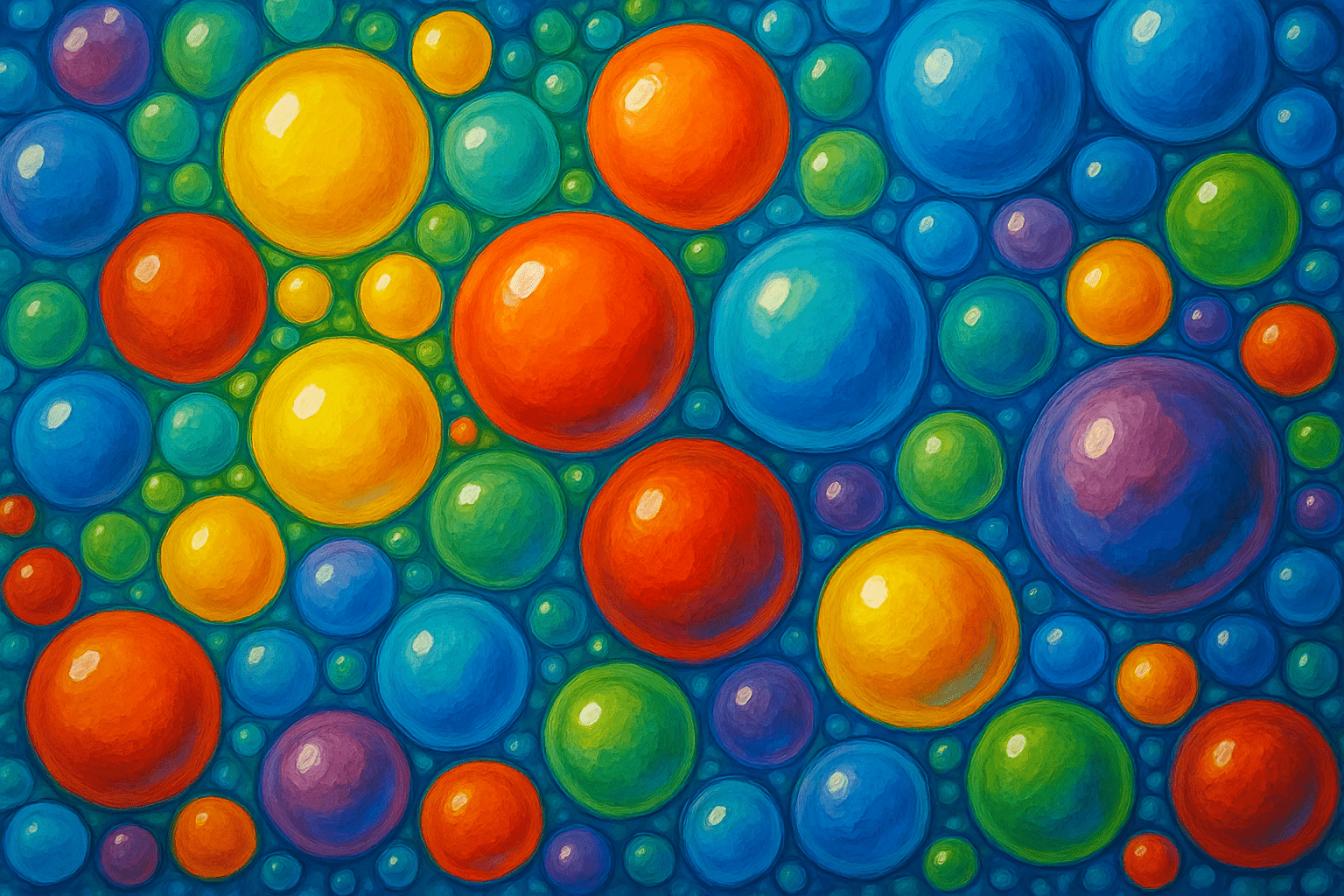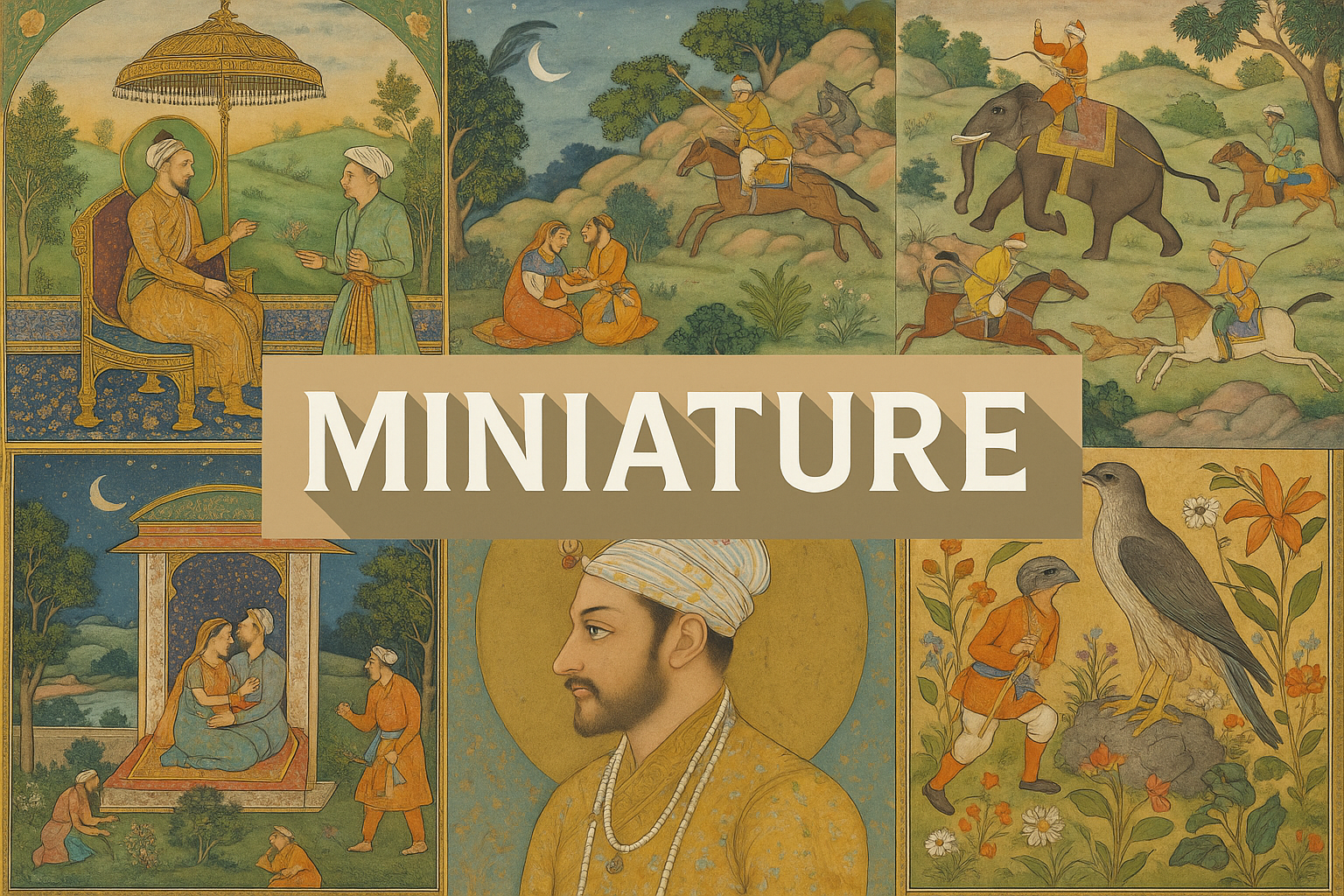
Miniature
The art style Miniature is characterized by its small size. It is often used in miniature paintings and sculptures. The style is also characterized by its intricate details and its use of bright colors.
AOI thinking about Miniature [+_~]-/
Overview and Quickfacts
Miniature art is a genre of art that is characterized by its small size. Miniature artworks are typically created on a scale that is smaller than life-size. Miniature art has a long history, dating back to the ancient world. In the medieval period, miniature art was often used in illuminated manuscripts. In the modern era, miniature art has been used in a variety of contexts, including as a form of jewelry and as a collectible art form. Miniature art is typically created using a variety of techniques, including painting, sculpture, and engraving. Miniature artworks are often highly detailed and require a great deal of skill and patience to create. Miniature art is enjoyed by collectors and art enthusiasts alike. It is a genre of art that offers a unique perspective on the world, and provides a glimpse into the artist’s imagination.
Can understand it also, as:
Small, tiny, little, wee
Categorize it as:
Impressionism, Modernism
.: Dreaming :.
holds a HAIKU for the art style
:. Thought is power .:
Detailed Description
Miniature art is a genre of art that is characterized by its small size. Miniature paintings are typically no larger than 10 inches in any dimension, and are executed in a highly detailed manner. The word ÃÂÃÂminiatureÃÂÃÂ comes from the Latin word ÃÂÃÂminium,ÃÂÃÂ which means ÃÂÃÂred lead.ÃÂÃÂ Miniature paintings were first created during the late medieval period in Europe, and the earliest examples date from the 13th century. The most common type of miniature painting is the portrait. Portrait miniatures were especially popular in the 16th and 17th centuries, and were often painted by royal court painters. Many famous artists have created miniature paintings, including Leonardo da Vinci, Hans Holbein the Younger, and Nicholas Hilliard. Today, miniature paintings are still created by artists all over the world. The genre has seen a resurgence in popularity in recent years, due in part to the increasing popularity of collecting miniature art.
.. beep, beep, beep ..
<START OF TRANSMISSION>
1. Miniature is a size category of objects that are smaller than what is considered average or normal. 2. Miniature objects are often used in hobbies, such as model making, dollhouses, and action figures. 3. Miniature objects can also be found in some collections, such as miniature books and cars. 4. The word "miniature" comes from the Latin word "miniatura", which means "to paint or draw small". 5. The term "miniature" can also refer to a small version of something, such as a miniature painting or sculpture. 6. Miniature objects are often made by hand, using a variety of techniques. 7. Miniature objects can be made from a variety of materials, including wood, metal, plastic, and clay. 8. The scale of a miniature object is often expressed as a ratio, such as 1:12 or 1:24, which means that the object is one twelfth or one twenty-fourth the size of the original. 9. The most common scale for model trains is 1:87, which is also known as HO scale. 10. The largest scale commonly used for miniature objects is 1:12, which is also known as full-scale or life-size. 11. The smallest scale commonly used for miniature objects is 1:144, which is also known as N scale. 12. The term "miniature" can also refer to a person who is unusually small in stature. 13. The term "miniature" can also refer to a small animal, such as a miniature horse or dog. 14. The term "miniature" can also refer to a small version of a plant, such as a miniature rose. 15. Miniature objects are often used in advertising and marketing, such as in product displays or in trade show booths. 16. Miniature objects are often used as props in movies and television shows. 17. Miniature objects are often used in educational settings, such as in science classrooms or in museum exhibits. 18. Miniature objects are often used in medical research, such as in the study of cells or in the development of new drugs. 19. Miniature objects are often used in art, such as in paintings or in sculptures. 20. Miniature objects can also be found in nature, such as in the form of crystals or in the structure of certain plants.
<EOF>
.. robbel bob
Visual Examples from our image gallery
Coming soon, we are so slow .. might never come
Artists, Paintings, and more
(be aware, can be highly speculative)
Artists (be aware, speculation possible):
1. William Blake (1757-1827) 2. John Constable (1776-1837) 3. J.M.W. Turner (1775-1851) 4. Caspar David Friedrich (1774-1840) 5. Jean-Baptiste-Camille Corot (1796-1875) 6. Gustave Courbet (1819-1877) 7. Edgar Degas (1834-1917) 8. Paul CÃÂézanne (1839-1906) 9. Claude Monet (1840-1926) 10. Pierre-Auguste Renoir (1841-1919) 11. Paul Gauguin (1848-1903) 12. Vincent van Gogh (1853-1890) 13. Henri de Toulouse-Lautrec (1864-1901) 14. Paul Klee (1879-1940) 15. Piet Mondrian (1872-1944)
Artworks (be aware, speculation possible)
1. The Hay Wagon, by Andrew Wyeth (1944) 2. Christina’s World, by Andrew Wyeth (1948) 3. The Little Dancer Aged Fourteen, by Edgar Degas (1881) 4. Breakfast in Bed, by Edward Hopper (1918) 5. The Bedroom, by Vincent van Gogh (1888) 6. A Sunday Afternoon on the Island of La Grande Jatte, by Georges Seurat (1886) 7. The Arnolfini Portrait, by Jan van Eyck (1434) 8. The Girl with a Pearl Earring, by Johannes Vermeer (1665) 9. The Mona Lisa, by Leonardo da Vinci (1503-1506) 10. The Last Supper, by Leonardo da Vinci (1495-1498) 11. The Birth of Venus, by Sandro Botticelli (1486) 12. Primavera, by Sandro Botticelli (1482) 13. The Sistine Chapel Ceiling, by Michelangelo (1508-1512) 14. The David, by Michelangelo (1501-1504) 15. The PietÃÂÃÂ , by Michelangelo (1498-1499)
Epoch
The Miniature art style began in the late 13th century and continued through the 14th century.
AI ART RESSOURCES (AKA, well Tools)
Helping tools -> predefined search links on other pages:
